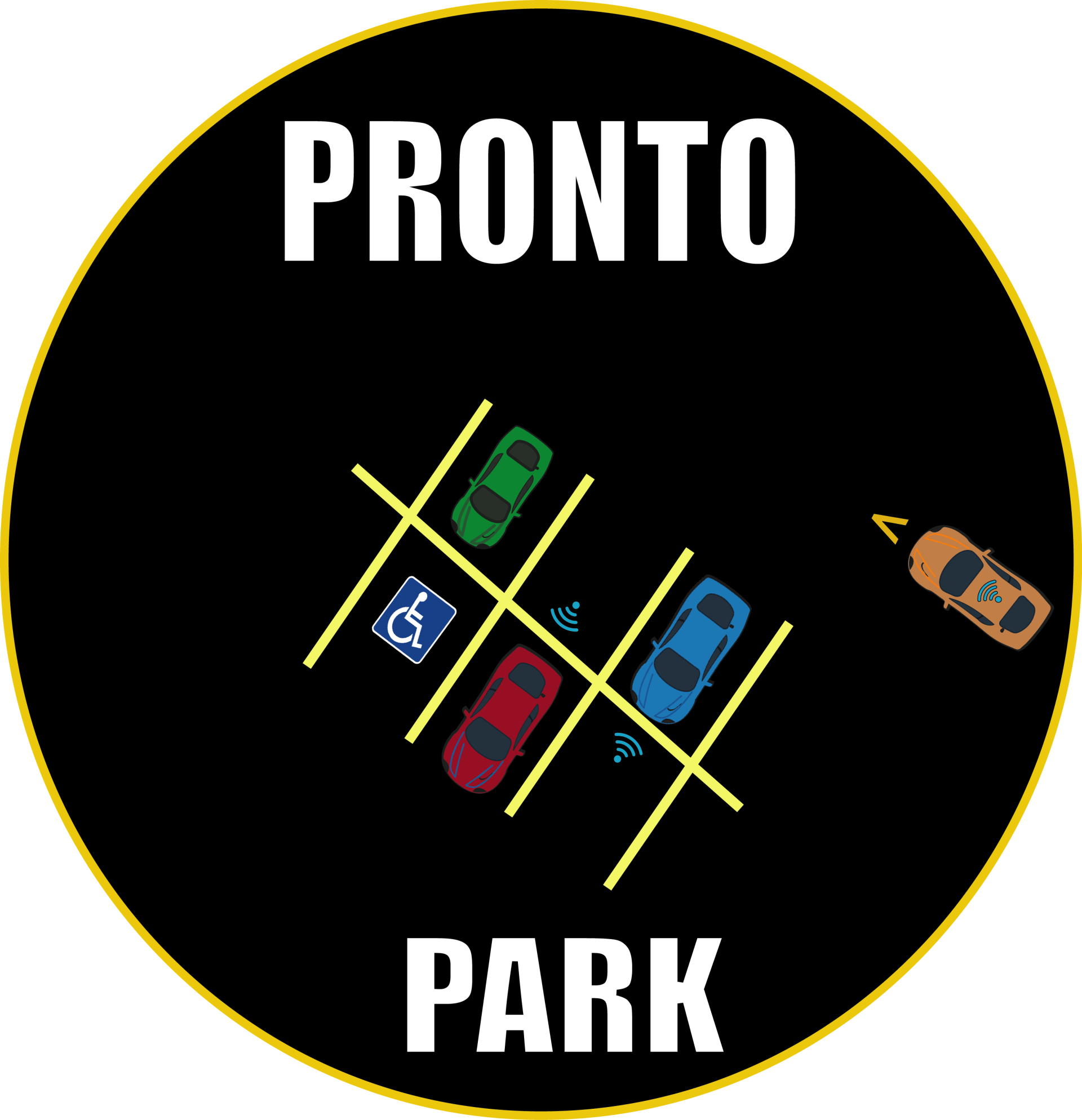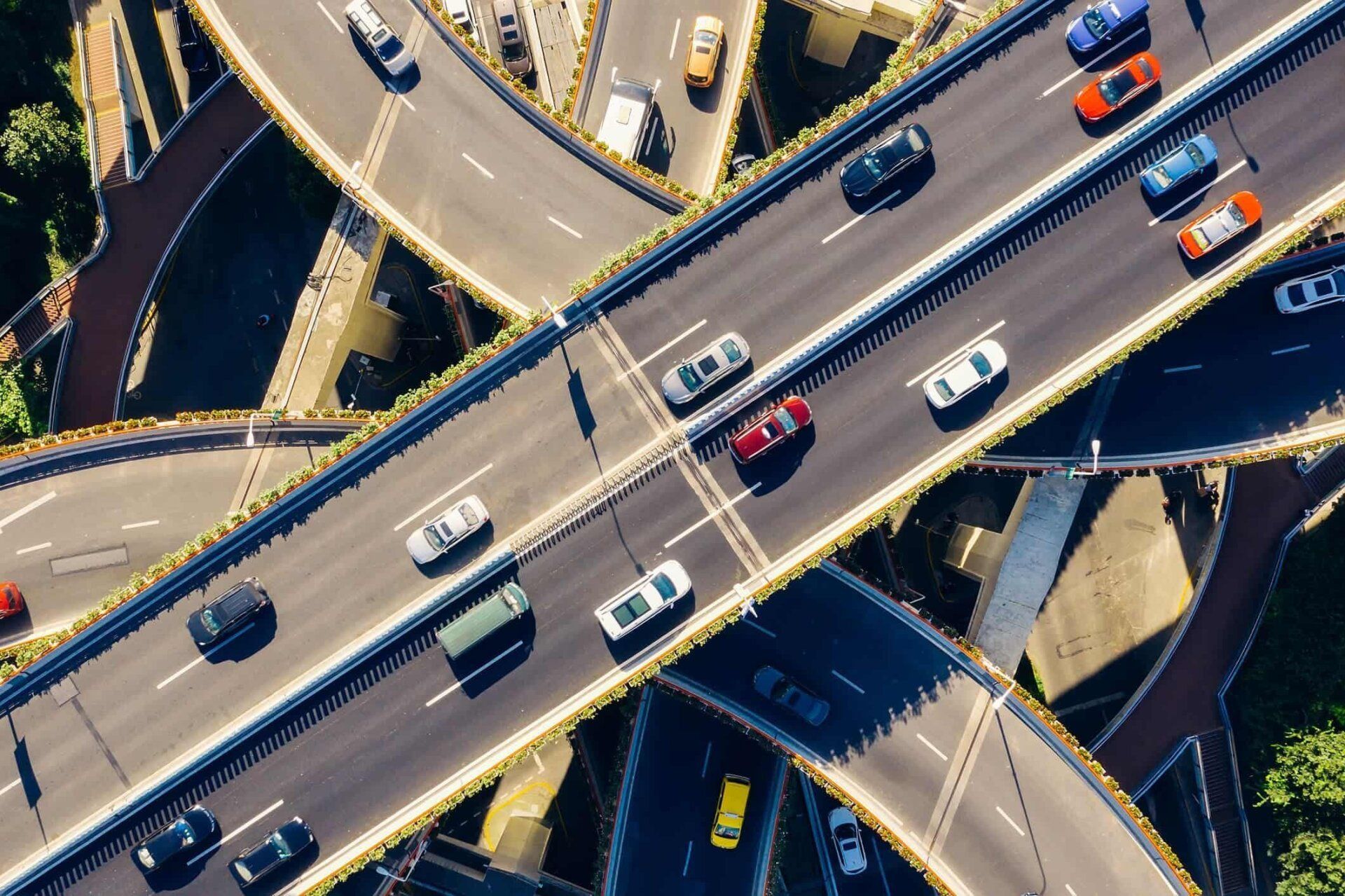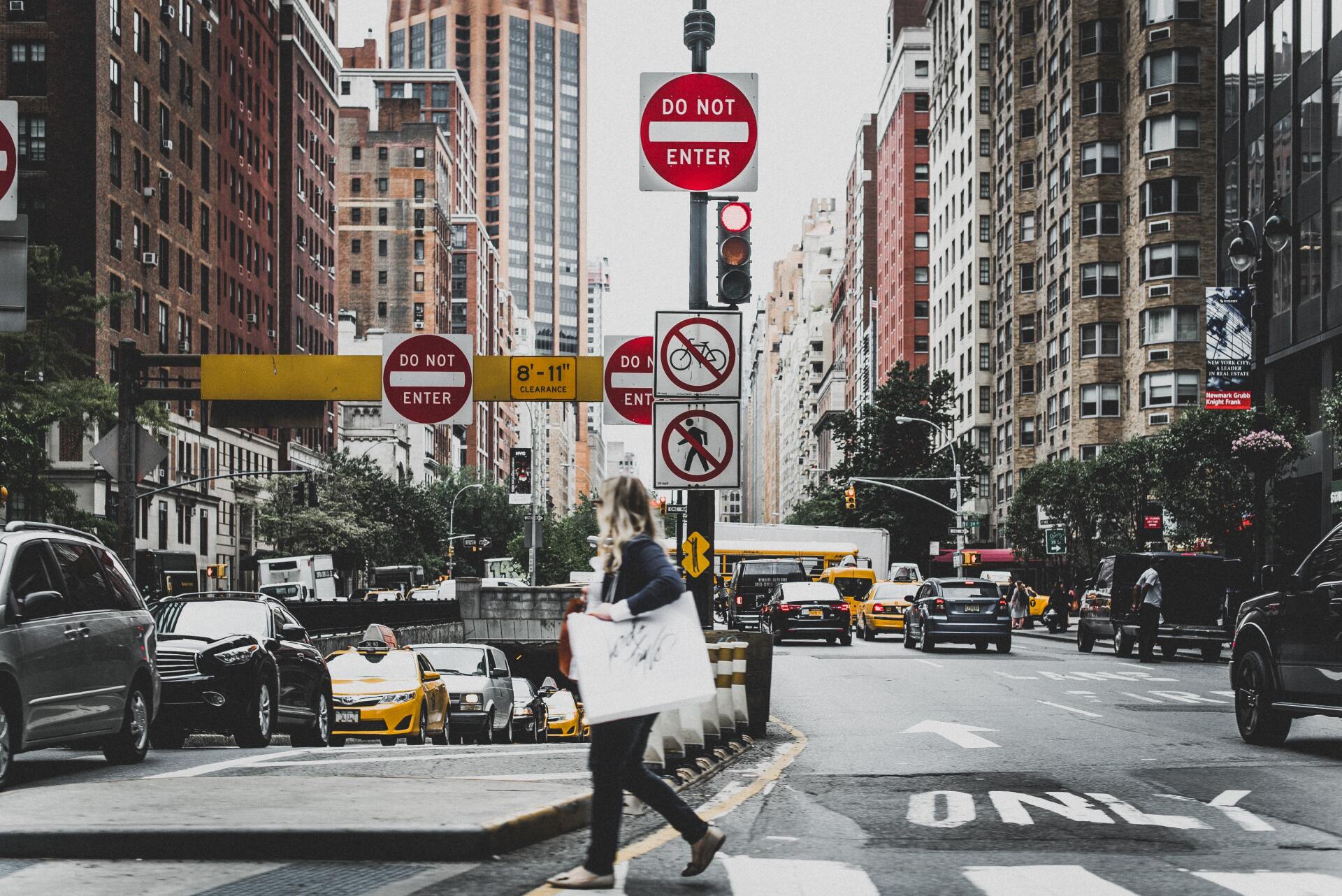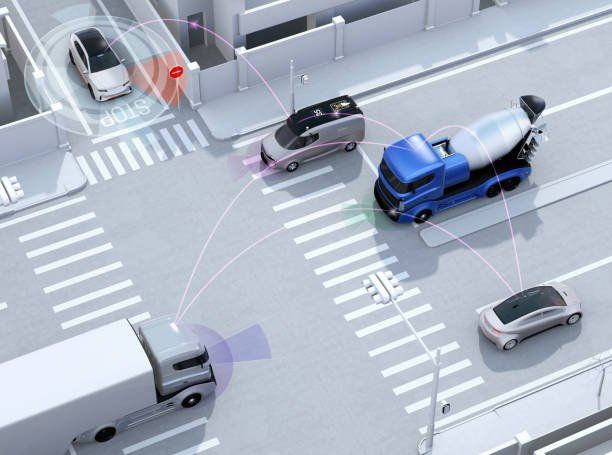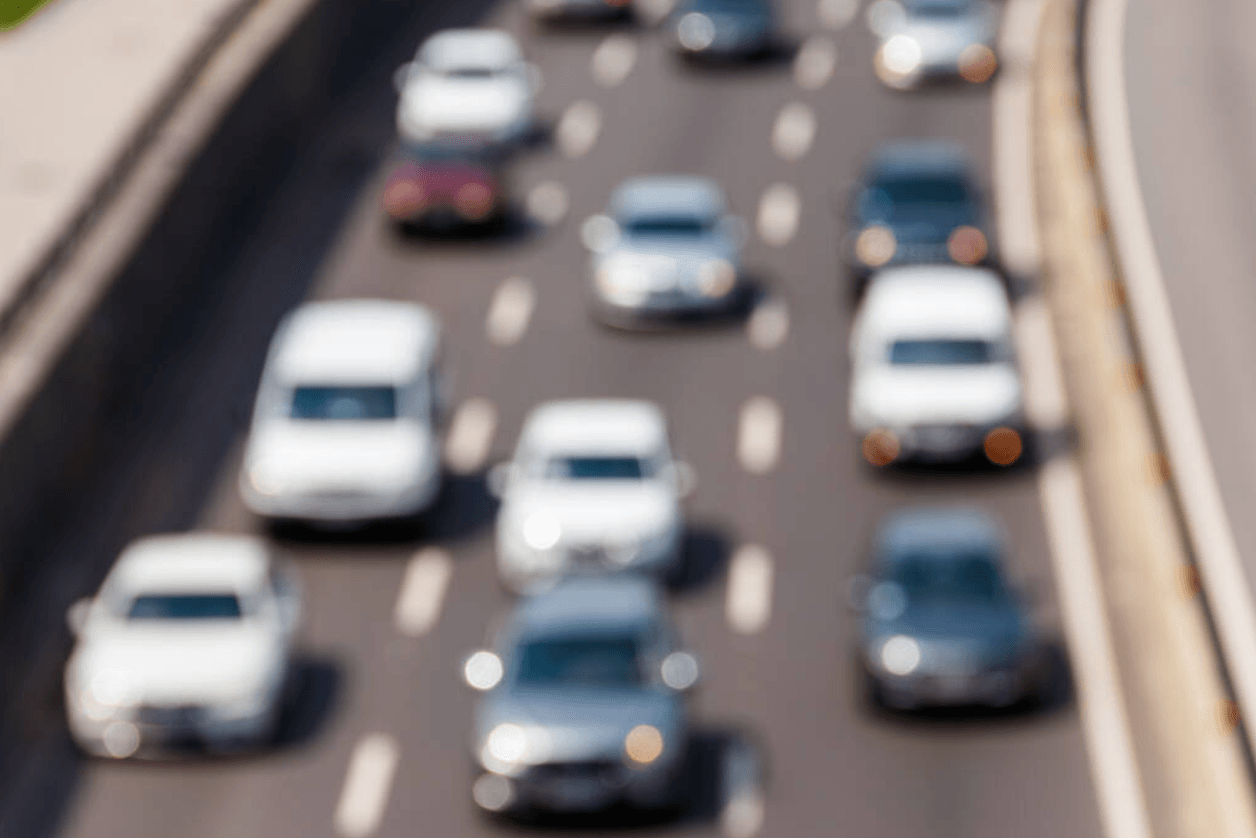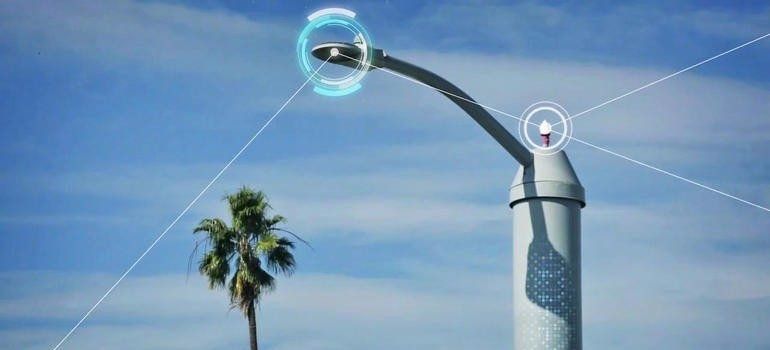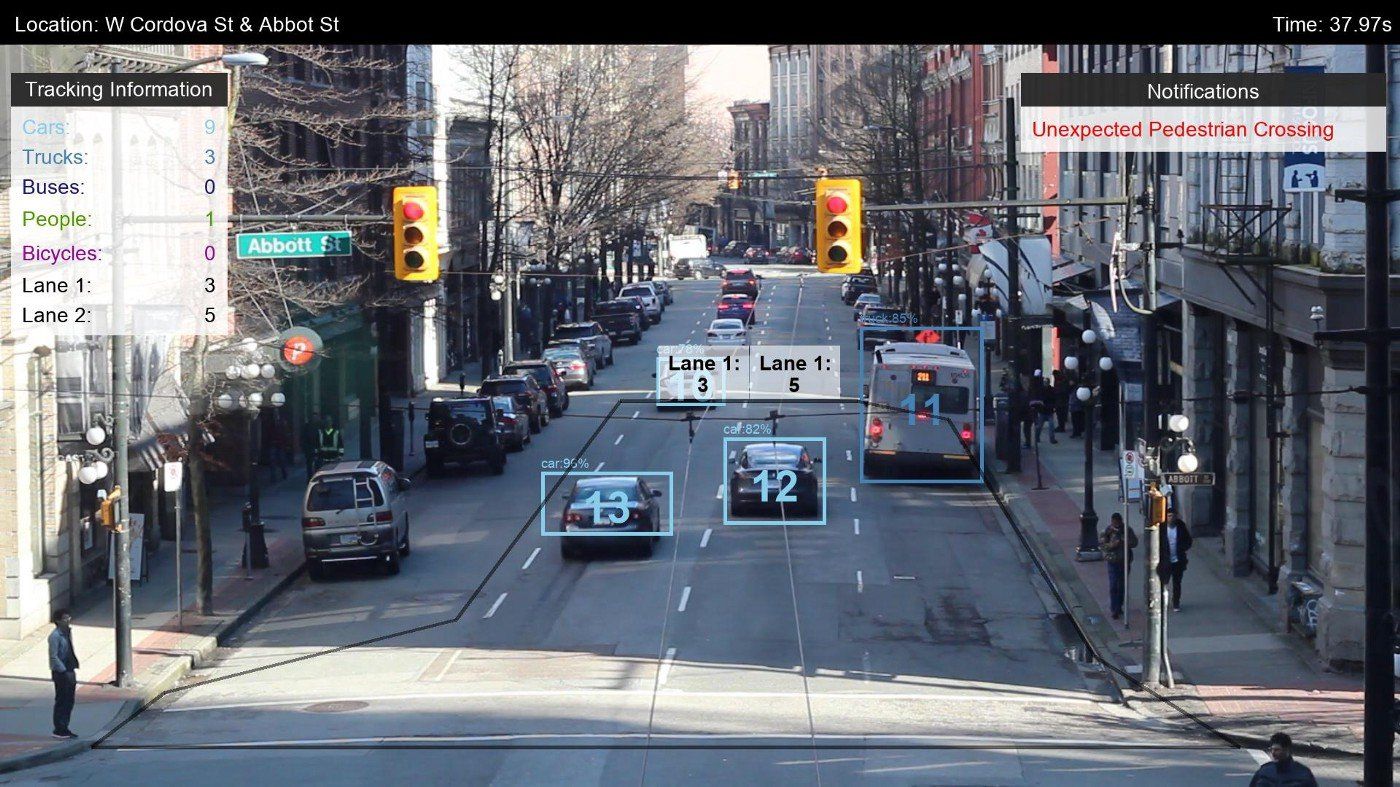Reducing Traffic Congestion and Ensuring Road Safety With AI and IoT
Cities around the world are embracing new technologies to reduce traffic congestion and ensure road safety. These technologies are making cities more connected and efficient by allowing two-way data transfer between intelligent transportation systems. The data collected can help cities outsmart traffic jams and alert drivers to road hazards. Transportation is a crucial aspect of modern life, and is under tremendous pressure. It must achieve a balance between increasing ridership and reducing resource consumption and congestion. Humans are limited in their ability to handle such a wide variety of challenges. Innovation is needed to identify the best routes, reduce delays, and avoid accidents while lowering the cost of travel.
Data can be used to improve management applications, improve traffic control strategies, and make future infrastructure development plans more effective. As AI and IoT continue to improve our lives, we should not ignore the opportunities it offers the transportation industry. For example, automated truck platooning can help reduce congestion on highways. In this system, the human driver sits in the lead vehicle, and AI takes control of the other trucks.
TAI and IoT can also be used to improve control of cars. It can monitor traffic patterns and alert the driver if over-speeding is detected. Using IoT in cars also allows drivers to receive real-time information about road conditions.
Smart traffic lights are a crucial component of AI and IoT-based traffic control. They can record traffic volumes and weather conditions. The data can also be analyzed using CCTVs and other data sources. The data is then used to help traffic management groups develop alternative routes and reduce congestion. Another benefit of IoT in traffic control is the ability to analyze the use of alternative routes. Big data analytics can be used to identify better routes for commuters.
One of the The latest technology in traffic analysis is using video and computer vision to understand traffic events and create a safer environment for all participants. The technology works by collecting image data and analyzing it. It is able to identify the location of potholes, paving, and other damages on the road. It will eliminate the need for citizens to report Incidents. It will also update in real time, saving the city's resources and reducing wait times. By using this technology, streets can be made smarter and more efficient. In addition to using data from cameras, AI-enabled traffic management systems can also detect traffic violations. Using this data, AI systems can detect and identify vehicles that are speeding and violating traffic laws.
Many cities are already using AI for traffic management. With the increased emphasis on digital transformation, new technologies and AI can help cities solve complex issues. AI-powered solutions can improve traffic flow and reduce emissions. This technology is also capable of ensuring that cities are more efficient and safe. It can also help cities cut costs and reduce Air & noise pollution. Using AI and IoT can provide the necessary tools to help cities improve their traffic flow and reduce traffic accidents.
Smart traffic systems can also be used to improve emergency services. These systems can communicate with emergency services, adjust traffic lights and express bus lanes, and interact with connected cars and roadside devices. In addition, smart ambulances can interact with traffic sensors and report incidents to the nearest emergency room.
A roadside edge computing unit powered by Intel technology can improve traffic management. Using real-time data, this system can detect and eliminate congestion in a city. Additionally, it can make predictions about traffic scenarios in the future. It can also improve the road network planning process.



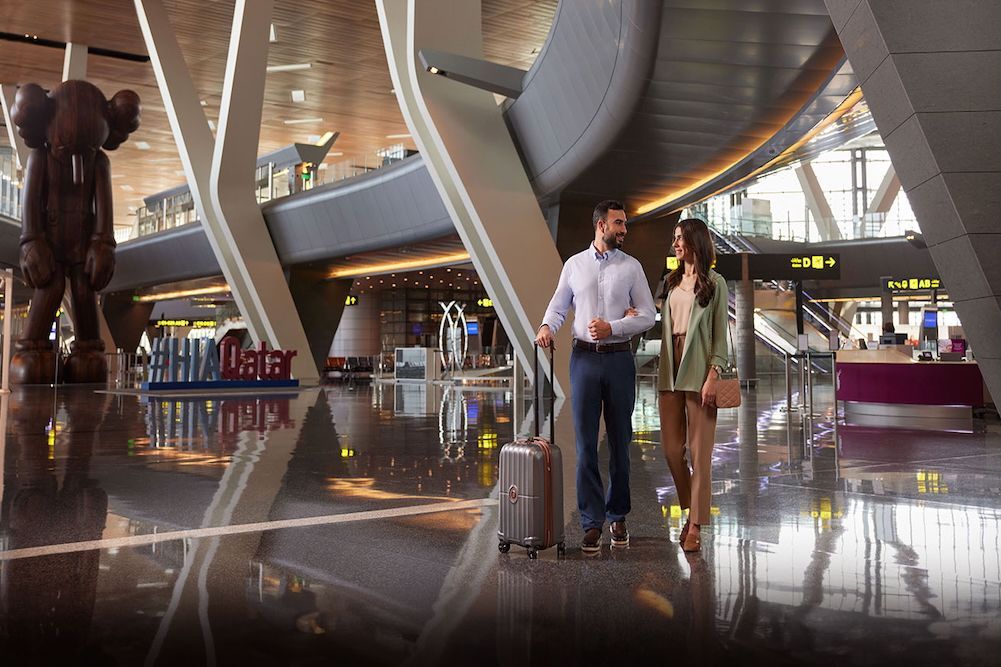



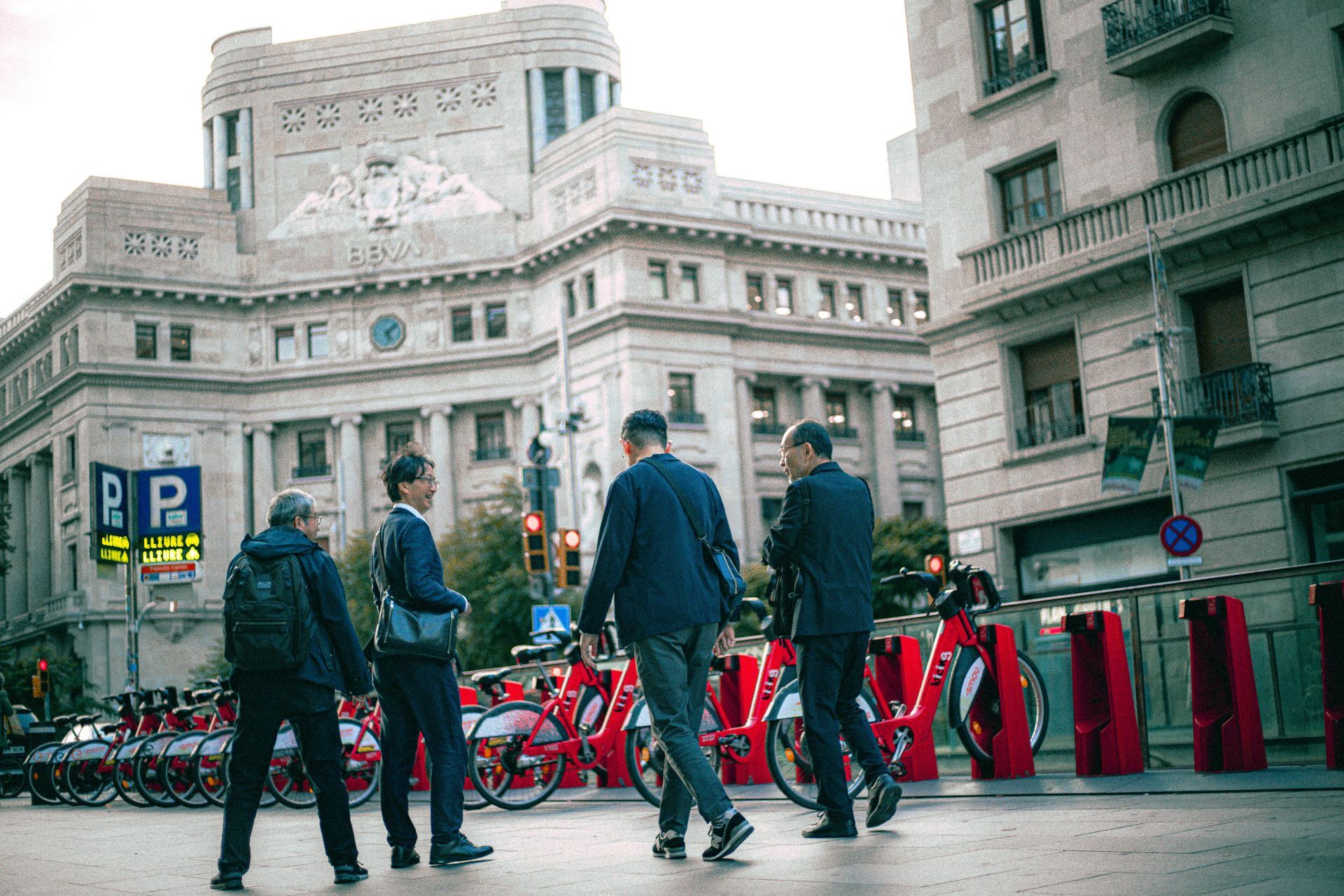
Built for the Last Block: How City Design and Small Wheels Are Powering the Future of Urban Movement


